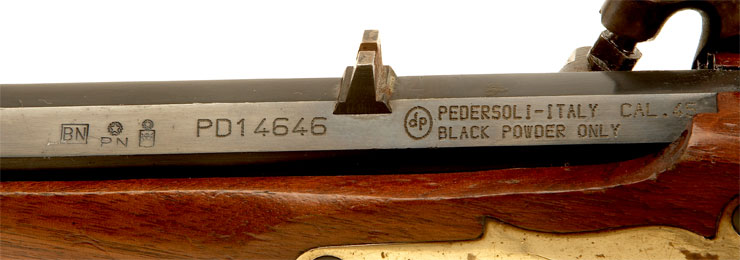The warden/officer will look at the outside of his barrel. Being a Pedersoli it will state ".45 Caliber" and that will be good enough.

Don't know if Utah is like other states that specify things like "single, round ball" or other such regulations.

Don't know if Utah is like other states that specify things like "single, round ball" or other such regulations.




